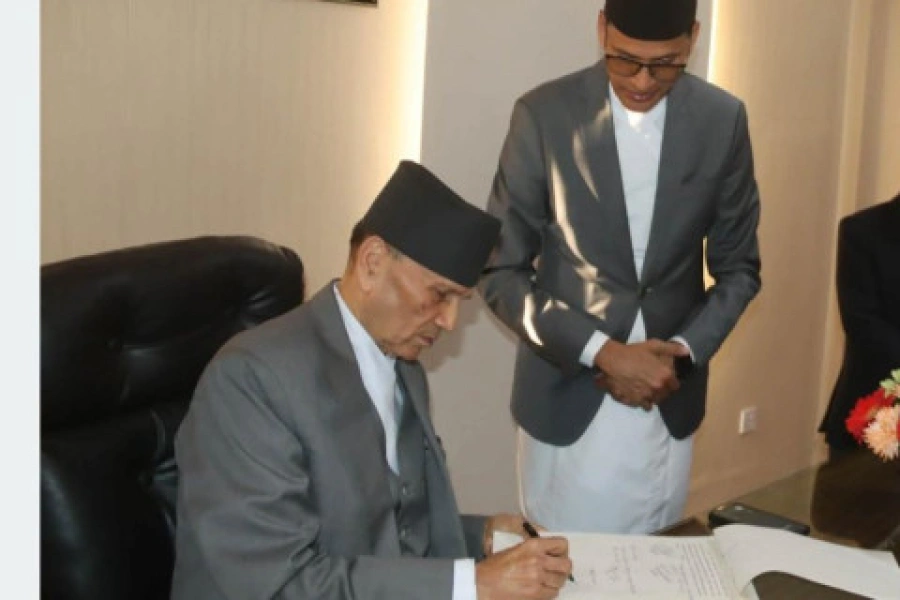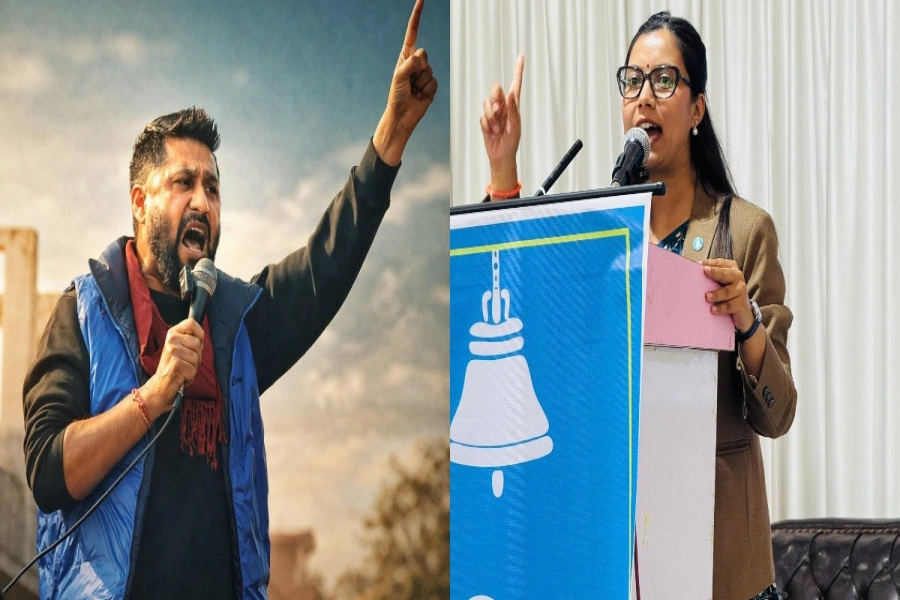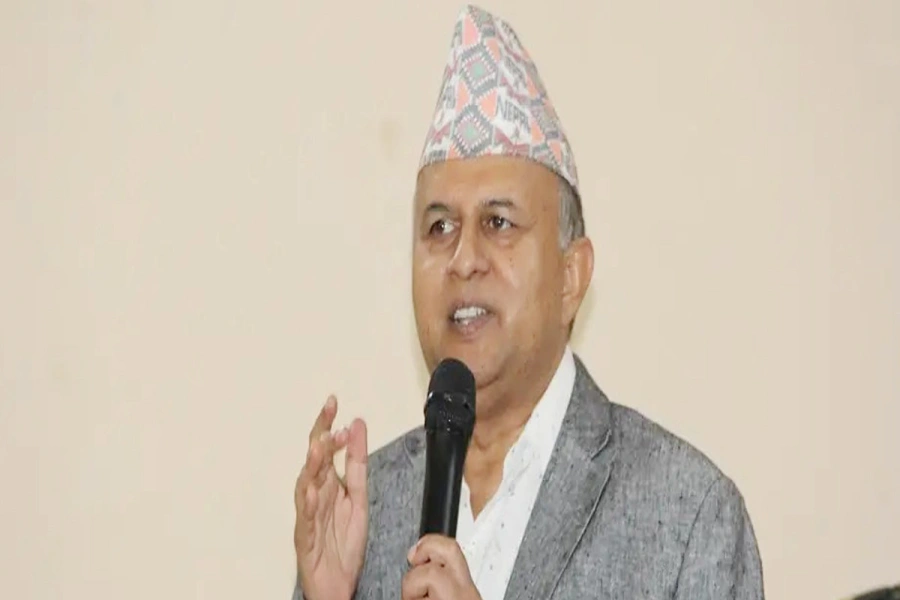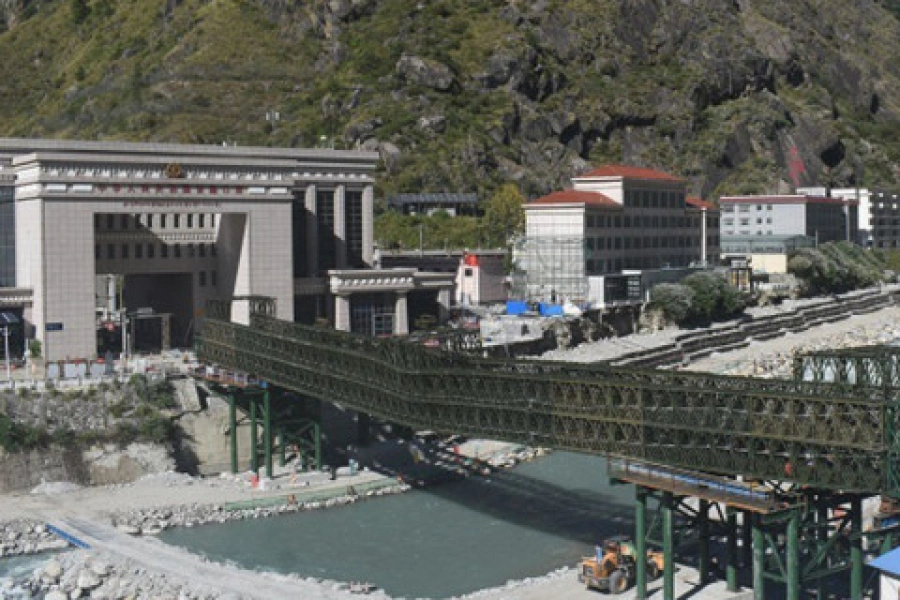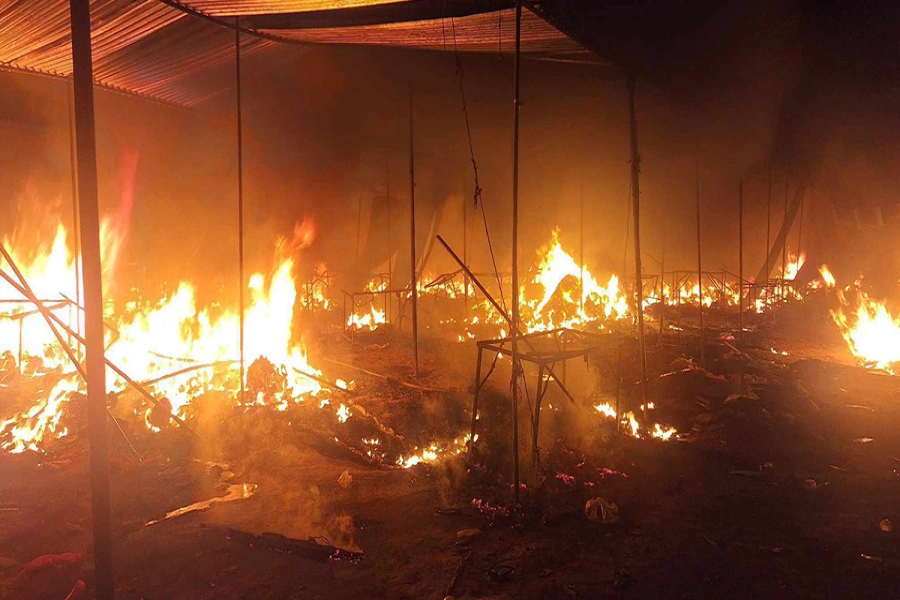KATHMANDU, June 10: The second wave of the novel coronavirus (COVID-19 is found to be deadlier than the first wave by over a hundred fold.
According to the statistics of the Ministry of Health and Population, the rate of infection during the second wave has increased by 112 percent as compared to the first wave of this viral infection last year. Similarly, the death tally of COVID-19 has spiked by 163 percent in the second wave of pandemic as compared to the death tally during its first wave.
The first wave of the novel coronavirus pandemic lasted for almost 15 months, starting January 24, 2020. The last day of the first wave has been recognized to be March 2021, which also marks the beginning of the second wave of the COVID-19 pandemic.
However, the images following the start of the second wave of the pandemic are deemed to be more frightening than ever with a higher rate of infections and deaths in Nepal.
According to the Health Ministry, as many as 278,470 people were infected by COVID-19 during the first wave of the pandemic. The number increased to 591,494 in just two months following the start of the second wave. As many as 313,024 people have been infected from the contagious disease from April 7 till June 8, increasing the infection rate by over 112 percent.
Dramatic rise in COVID-19 related deaths in Sudur Paschim; 23 d...

Officials at the MoHP said the death rate of COVID-19 has increased as well. As many as 3038 people lost their lives during the first wave of COVID-19. The number has since increased to 7,990 as of April 7. As many as 4,952 people lost their lives to the virus in just two months, increasing the death rate by 163 percent in the country.
The death rate from the first wave of COVID-19 is very low compared to the second wave. The death rate from the deadly virus stood at 1.09 percent until April 7, increasing to 1.58 percent in the following months. Also, Nepal saw its highest number of casualties from the virus on May 19 with 246 deaths recorded in a single day.
The rate of deaths from COVID-19 is 1.6 percent, according to government’s official data. Also, the death rate from the virus is 1.22 in India, which is considered to be the most affected country by the second wave of COVID-19.
Nepal recorded its first case of COVID-19 on January 24, 2020. There are currently 80,336 active cases of COVID-19 in the country.
Although the COVID-19 infection has slowed down in the past few weeks, the infection rate still stands at 25 to 30 percent in Nepal, indicating that the rate of its spread is still high inside the country. In the past few days, the virus has spread to rural areas rather than in urban areas.
In the past 24 hours, as many as 157 people tested positive for COVID-19 out of 353 people in Karnali Province. In the province, the test positivity rate has reached 44.5 percent.
Similarly, as many as 229 people tested positive for the virus out of 610 samples in the Sudurpaschim Province with a test positivity rate of 37.5 percent. In the Gandaki Province, the test positivity rate is 29.6 percent. Also, the COVID-19 infection has spread to rural settlements in the country with no access to a proper health facility nor any testing facilities. The first wave of the COVID-19 was widely spread in urban areas.
Following the start of the second wave, the government had enforced prohibitory orders since April 29 inside the Kathmandu valley and in various other districts and cities as well. So far, 74 districts are under prohibitory order inside the country. However, it will take more time to control the spread of the pandemic as the infection rate stands at about 30 percent, despite the prohibitory order enforced for the past five weeks.
Also, more work needs to be done in order to control the pandemic as it has become more deadly in terms of mortality and infection. Prevention measures such as virus testing, contact tracing and isolation should be made effective to control the pandemic in an effective way.
Although the government has repeatedly announced to increase the number of virus testings, the number of tests still stands at around 20,000 to 22,000 tests a day. Furthermore, the results of a PCR test in rural areas still take around four to five days, which is also a factor in spreading the virus.
According to the Ministry of Health and Population, Out of 16,615 people who underwent PCR and antigen tests for COVID-19, as many as 4,344 people tested positive for the virus with 81 deaths recorded in the past 24 hours. Of those tested by both methods, 26.14 percent were found infected with the virus. If the antigen tests are excluded, the infection rate from the PCR tests calculates at 28.6 percent.
In the past 24 hours, the number of people infected from COVID-19 has reached 615,252 out of which 510,298 have recovered. Nepal recorded 8,179 deaths from the deadly virus till Wednesday.
According to the Ministry of Health and Population, as many as 2,169,000 people have received the first dose of the COVID-19 vaccine. So far, 691,000 people have already received the second dose of the vaccine as well.








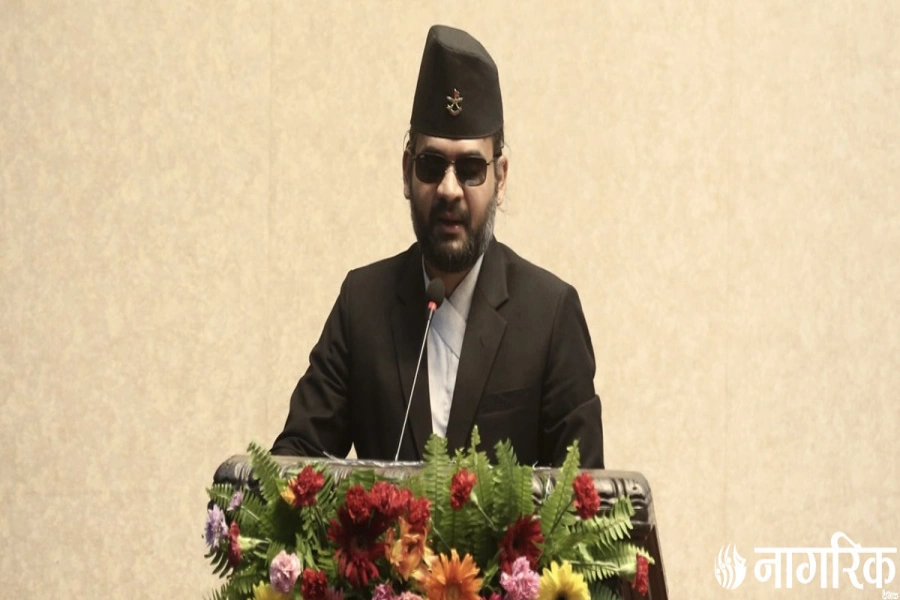
_20200814192758.jpg)






